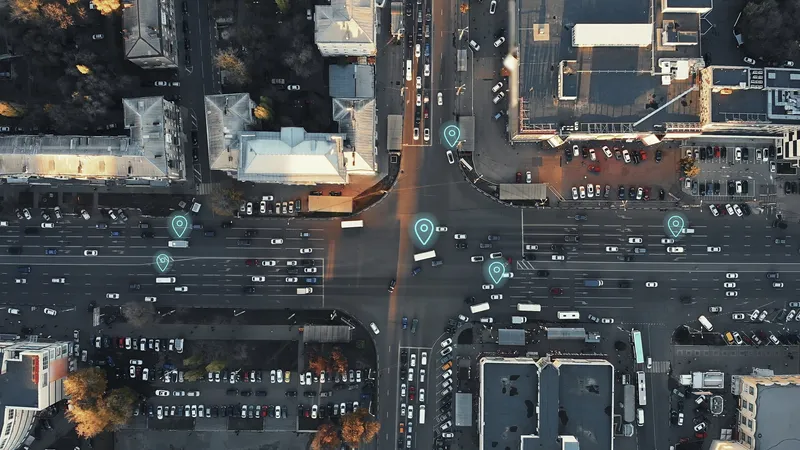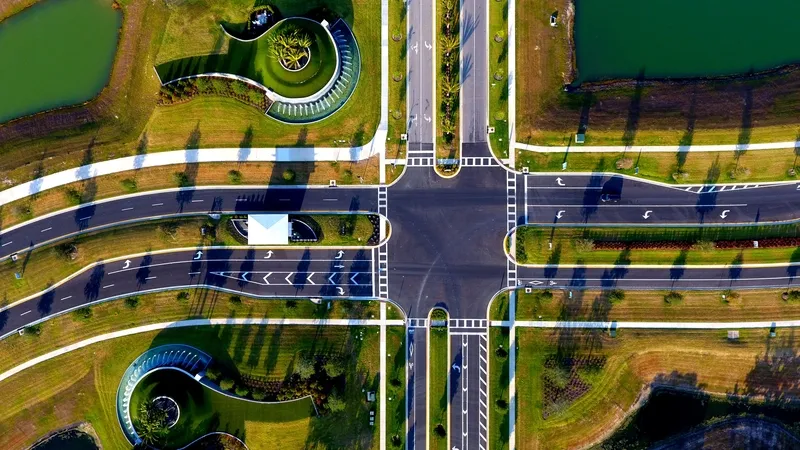
Cellular Vehicle to Everything (C-V2X) technology has seen its first use on public US roads to request a green light for passenger vehicles.
The 'detector call' application was developed by Applied Information for the Texas Department of Transportation (TxDoT).
It was demonstrated using the TravelSafely smartphone app, an Audi e-tron Sportback equipped with a C-V2X Direct on-board unit programmed to ask for the green light, and a cellular network-connected Ram pick-up truck using Haas Alert’s Safety Cloud technology, which then delivered the location data to Applied’s cloud platform to ask for the green light.
The solution is designed to improve road safety by eliminating unnecessary stops at cross streets at night and to reduce the cost of installing and maintaining detection equipment such as radar, cameras and loops.
The pickup truck used its integrated cellular network modem to communicate with HAAS Alert’s Safety Cloud platform,The TravelSafely app is available for iPhone and Android smartphones.
“This is a revolutionary change for the detection system from passive to proactive,” said Steve Chiu, project coordinator, TxDOT Houston. “Also, from a maintenance and efficiency perspective, which is important to the maintaining agency, C-V2X provides a high-level of reliability.”
The application changes the light, on request, as the vehicle arrives - but is non-disruptive and maintains the signal’s normal timing routine.
“Enabling passenger vehicles to communicate with traffic signals is a significant leap forward in safety and efficiency," says Bryan Mulligan, president of Applied Information. "This innovation is available today and can be deployed at scale using existing technology on smartphones, in vehicles, and at traffic signals."
“Smoothing traffic flow, curtailing emissions and improving road safety are central to the promise of connected mobility,” said Brad Stertz, director, government affairs at Audi of America.
“The quick wins that are possible when vehicles and infrastructure can seamlessly communicate with each other is what drives our vision of the future.”
As Haas Alert’s senior vice president of connected vehicles, Jeremy Agulnek, explains: “There are 80 million passenger cars connected to the cloud today. When vehicle data are in the cloud, innovative use cases that benefit drivers, public agencies, and communities are achievable at a fraction of the cost.”
The technology was demonstrated at the TxDOT Connected Vehicle Innovation Summit in Houston. Paradigm Traffic Systems was the system integrator.










